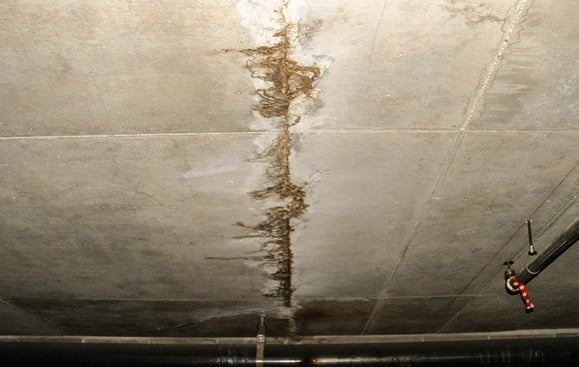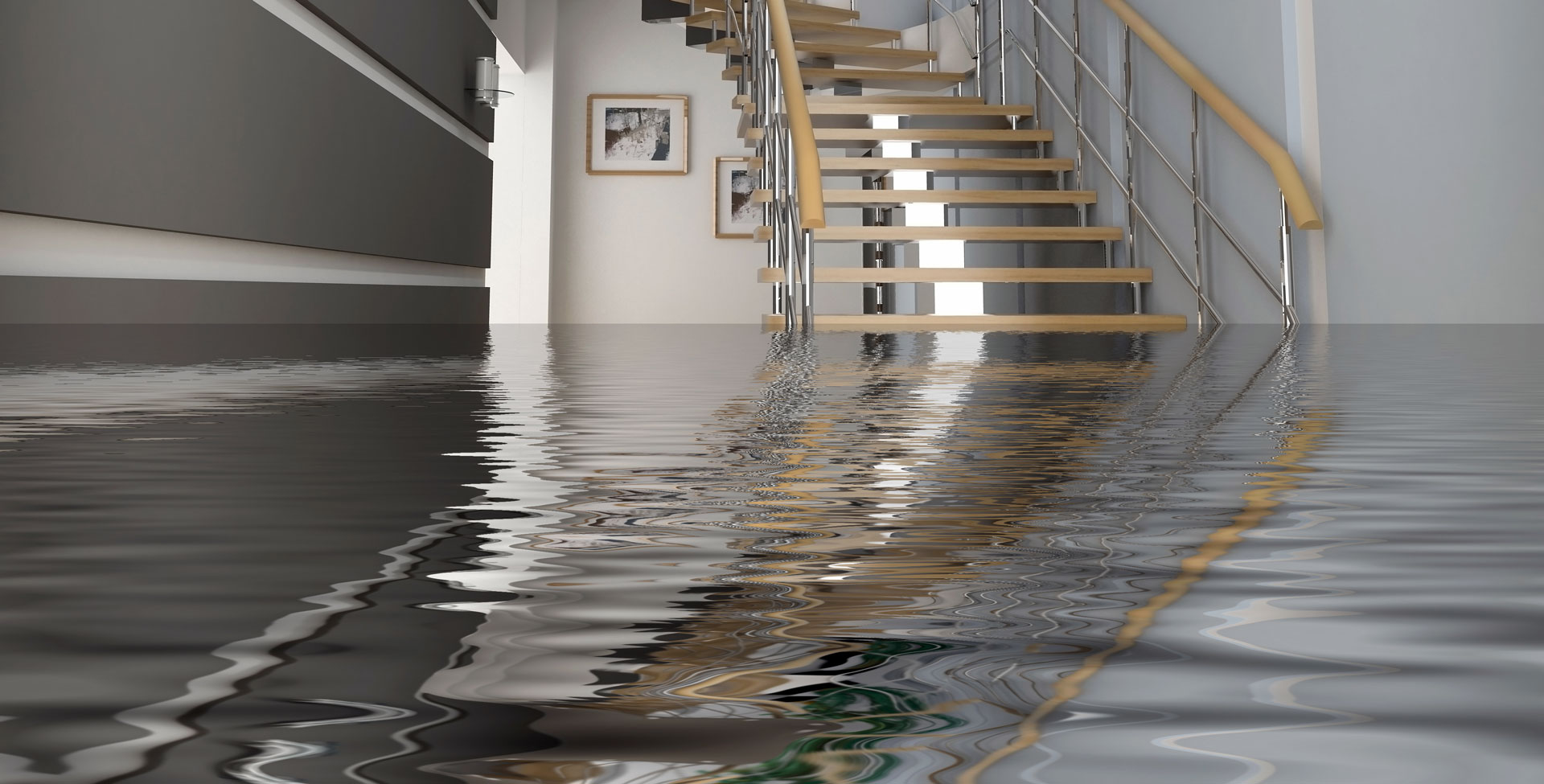6 Water Damage Repair Do's and also Don'ts.
6 Water Damage Repair Do's and also Don'ts.
Blog Article
We have encountered this post on Preventing Fires and Water Damage In Your Home directly below on the internet and accepted it made perfect sense to talk about it with you on my blog.

Water gives life, water invasion on components where it's not intended to be can result in damages. It can peel off away surface areas and erode the foundation if the water soaks into your structure. Mold and mildew and also mildew also flourish in a moist atmosphere, which can be unsafe for your wellness. Residences with water damages smell moldy as well as old.
Water can originate from numerous sources such as hurricanes, floodings, burst pipes, leakages, and sewer problems. In case you experience water damages, it would certainly be excellent to recognize some safety and security precautions. Here are a few standards on just how to manage water damages.
Do Prioritize House Insurance Coverage Coverage
Water damage from flooding because of heavy winds is seasonal. However, you can additionally experience an abrupt flood when a defective pipe instantly breaks right into your home. It would certainly be best to have house insurance coverage that covers both disasters such as all-natural catastrophes, as well as emergency situations like damaged plumbing.
Do Not Fail To Remember to Turn Off Energies
In the event of a disaster, particularly if you live in a flood-prone location, it would be suggested to shut off the main electrical circuit. This removes power to your whole home, avoiding electric shocks when water comes in as it is a conductor. In addition, don't neglect to turn off the major water line valve. When floodwaters are high, furnishings will move and also cause damages. Having the major shutoff shut off stops further damages.
Do Stay Proactive as well as Heed Weather Notifies
Pay attention to discharge cautions if you live near a river, lake, or creek . Doing so decreases prospective home damage.
Do Not Disregard the Roof
You can prevent rainfall damage if there are no openings as well as leakages in your roofing system. This will stop water from flowing down your walls and also soaking your ceiling.
Do Take Notice Of Little Leakages
A ruptured pipe doesn't happen overnight. You might observe gurgling paint, peeling wallpaper, water streaks, water spots, or leaking audios behind the wall surfaces. Have your plumbing repaired before it results in large damages.
Don't Panic in Case of a Burst Pipe
When it comes to water damage, timing is essential. Therefore, if a pipeline bursts in your house, quickly shut off your main water valve to reduce off the resource. Call a reputable water damage restoration professional for aid.
Water provides life, water intrusion on parts where it's not intended to be can result in damage. Residences with water damage scent mildewy as well as old.
Water damages from flood fees to heavy winds is seasonal. You may discover bubbling paint, peeling wallpaper, water streaks, water stains, or trickling audios behind the walls. When it comes to water damage, timing is essential.
6 Water Damage Restoration Do’s and Don’ts
Secure the area
First, ensure that it’s safe to be where the water is. Depending on the extent of the damage, you could be faced with a situation that’s dangerous to be in. Turn off the water supply and power supply, and disconnect appliances or mechanical tools that could conduct electricity or cause additional water to fill the area. Cover any holes in the roof or walls with a tarp so that the elements are kept out. Look for rodents and other pests that may have decided to come in or have been brought with the water. Secure heavy furniture or equipment that could collapse, or – better yet – take it out of the building completely. Immediately decide if it’s a place you can continue to be in until help arrives, being mindful of staff or customers that could get into harm’s way while you wait.
Call your insurance
The next thing you should do is reach out to your insurance company. Even if your damage was caused by flooding, and you don’t have a flood policy, it’s worth investigating. Depending on the cause of the water, there may be a way for a policy to cover it, especially if it’s the fault of someone else who has insurance coverage.
Remove valuables
Some things may have already been damaged beyond repair, but if you can move expensive items from the building, do so. Special equipment, computers and, and financial documents should be relocated off-site, if possible. Even if they can be put up above the waterline, natural disasters and building damage can attract criminals. You don’t want people taking advantage of the weakened structure of your office to steal from you.
Put up the things you can
Equipment and furniture that hasn’t already been damaged should be moved to the highest level in your building or set on top of other furniture. Remember that the entire room will be humid and damp, even if items are above the waterline. Just being in a flooded building can cause them to grow mold or become musty, so do this only if you can’t take them out of the structure completely.
Don’t remediate on your own
The biggest thing to remember when dealing with water damage, whether it came from a storm or an exploded toilet, is that you can’t handle much of the process by yourself. Even if you weren’t so already overwhelmed with losing your home or office to water, you don’t likely have the tools and industry-accepted resources to put the area back to a healthy, stable condition. In addition to water pumps, fans, and dehumidifiers, there may be materials that need to be demoed and reinstalled. The entire process of water damage remediation is a long one, and every step must be handled with care to ensure it doesn’t come back as a new problem. Home and office owners frequently try to handle water problems on their own, but the truth is that it can be difficult to know the extent of the damage just by looking at it.
Also, if it’s your personal business, you’re likely to be emotional and feel sentimental about the items damaged. You may not be able to reasonably assess if things need to be replaced. Everything from the carpet to the paint has a history; having a third-party expert team come in and give it to you straight is the best possible outcome. They can let you know just what can remain, and what has to go. In the end, removing everything that is beyond repair is best to avoid further health issues from mold or a collapsing structure.
Delay getting help
As you’ve read above, the consequences of trying to handle too much of the restoration process can have expensive outcomes. Doing things wrong is costly! Another way to add to the total bill for fixing the water problem is in waiting too long. If you try a “wait and see” approach, your building may be silently crumbling underneath the moisture, or mold may be starting to take hold. If you’re convinced it’s a job for the professionals, don’t wait a minute. As soon as you see that it’s going to be a problem, make the call.
https://idealsf.com/blog/water-damage/6-water-damage-restoration-dos-and-donts/

Hopefully you enjoyed our topic about Keeping Your Home Safe This Holiday Season. Thank you for taking time to read through our article post. Please take the time to distribute this content if you appreciated it. Thank you for going through it.
Report this page